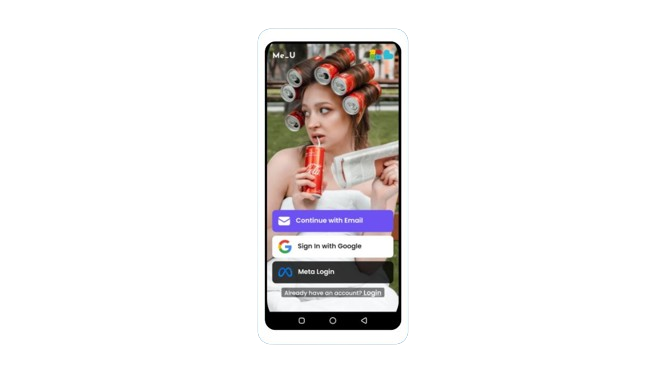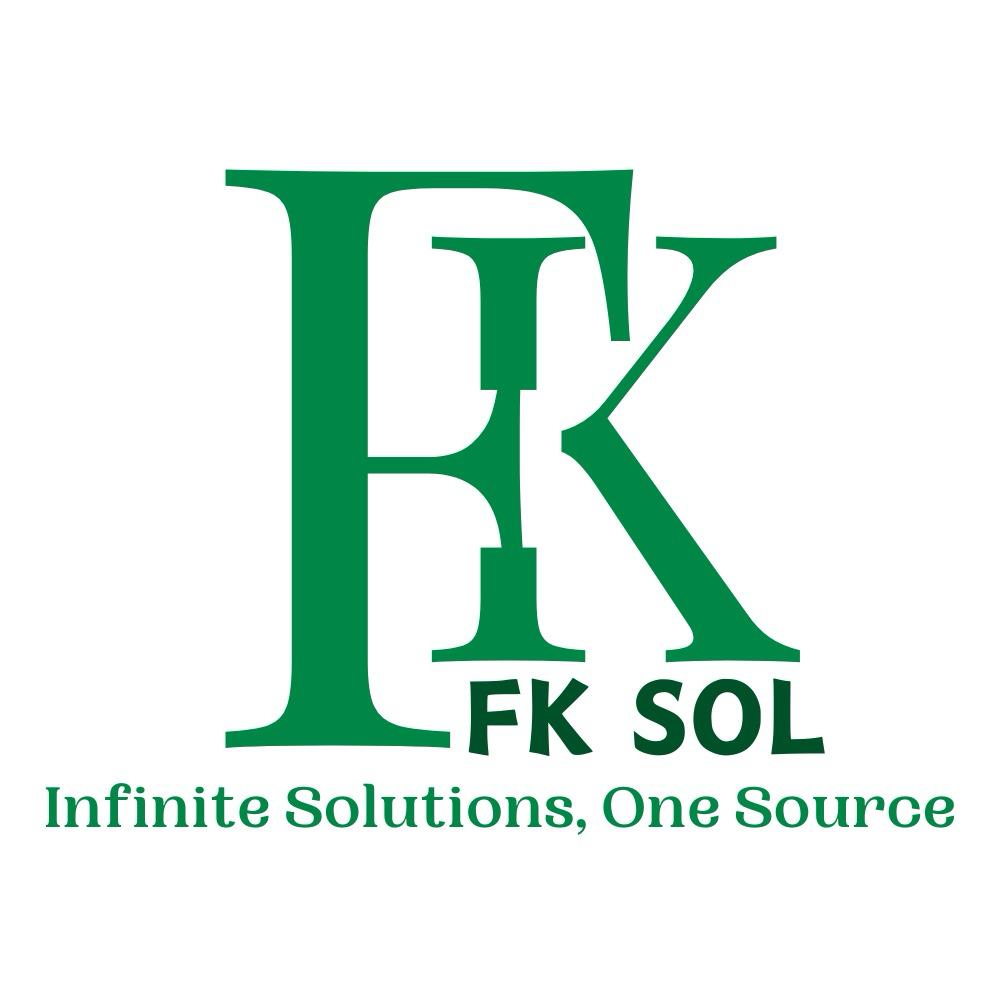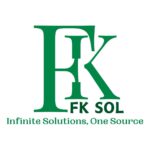ME U
Join ME U community and unlock a world of meaningful connections


Gateway to Swedish Real Estate: The app serves as a gateway, meaning it provides access to the vibrant world of Swedish real estate.
User-Friendly Experience: The app is designed to be seamless and user-friendly, catering to both buyers and sellers in the real estate market.
Comprehensive Listings: The app offers comprehensive listings of properties, which could include details about homes, commercial properties, and investment opportunities.
Real-Time Market Insights: Users can access real-time market insights, providing them with up-to-date information on the current state of the real estate market in Sweden. This information can be crucial for making informed decisions.
Expert Guidance: The app may include features or resources that offer expert guidance. This could include tips for buyers, sellers, or investors, helping users navigate the complexities of the real estate market with professional advice.
Focus on Convenience: The app prioritizes convenience, suggesting that it’s designed to make the real estate journey in Sweden easier for users. This could involve simplified processes, easy navigation, and efficient features.
The app is designed to run on multiple platforms, such as iOS and Android, without requiring separate development for each platform.
Cross-platform development is often achieved using frameworks that allow developers to write code once and deploy it on different platforms.
React Native is a popular JavaScript framework for building mobile applications. It’s developed by Facebook and allows developers to use React (a JavaScript library) to build mobile app user interfaces.
React Native facilitates the creation of a native-like user experience while using a single codebase, making it efficient for cross-platform development.
Cross-Platform Mobile App:
- The app is designed to run on multiple platforms, such as iOS and Android, without requiring separate development for each platform.
- Cross-platform development is often achieved using frameworks that allow developers to write code once and deploy it on different platforms.
React Native for the Front-End:
- React Native is a popular JavaScript framework for building mobile applications. It’s developed by Facebook and allows developers to use React (a JavaScript library) to build mobile app user interfaces.
- React Native facilitates the creation of a native-like user experience while using a single codebase, making it efficient for cross-platform development.
Express.js Backend:
- Express.js is a web application framework for Node.js, a JavaScript runtime. It simplifies the process of building robust and scalable web applications.
- In this context, Express.js is used on the server-side to handle requests, manage routing, and interact with the database.


React Native for the Front-End:
- React Native allows developers to use a single codebase written in JavaScript or TypeScript to create mobile applications for both iOS and Android platforms.
- It uses a declarative approach to building UI components, similar to React for web development. This makes it easier for developers to understand and maintain the code.
- React Native components are translated into native UI components, providing a native look and feel to the mobile app.
Express.js Backend:
- Express.js is a minimal and flexible Node.js web application framework. It simplifies the process of building robust and scalable server-side applications.
- It handles routing, middleware, and other functionalities required for server-side logic. Developers can use it to define routes, process HTTP requests, and send responses back to the client.
- Express.js is known for its simplicity and is often used to build RESTful APIs (Application Programming Interfaces).
MongoDB for Seamless User Interactions:
- MongoDB is a NoSQL database that stores data in a flexible, JSON-like format known as BSON (Binary JSON). This flexibility makes it well-suited for applications with evolving and dynamic data structures.
- It supports horizontal scalability, which means it can handle large amounts of data by distributing it across multiple servers.
- MongoDB is schema-less, meaning you don’t need to define a rigid structure for your data in advance.


